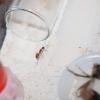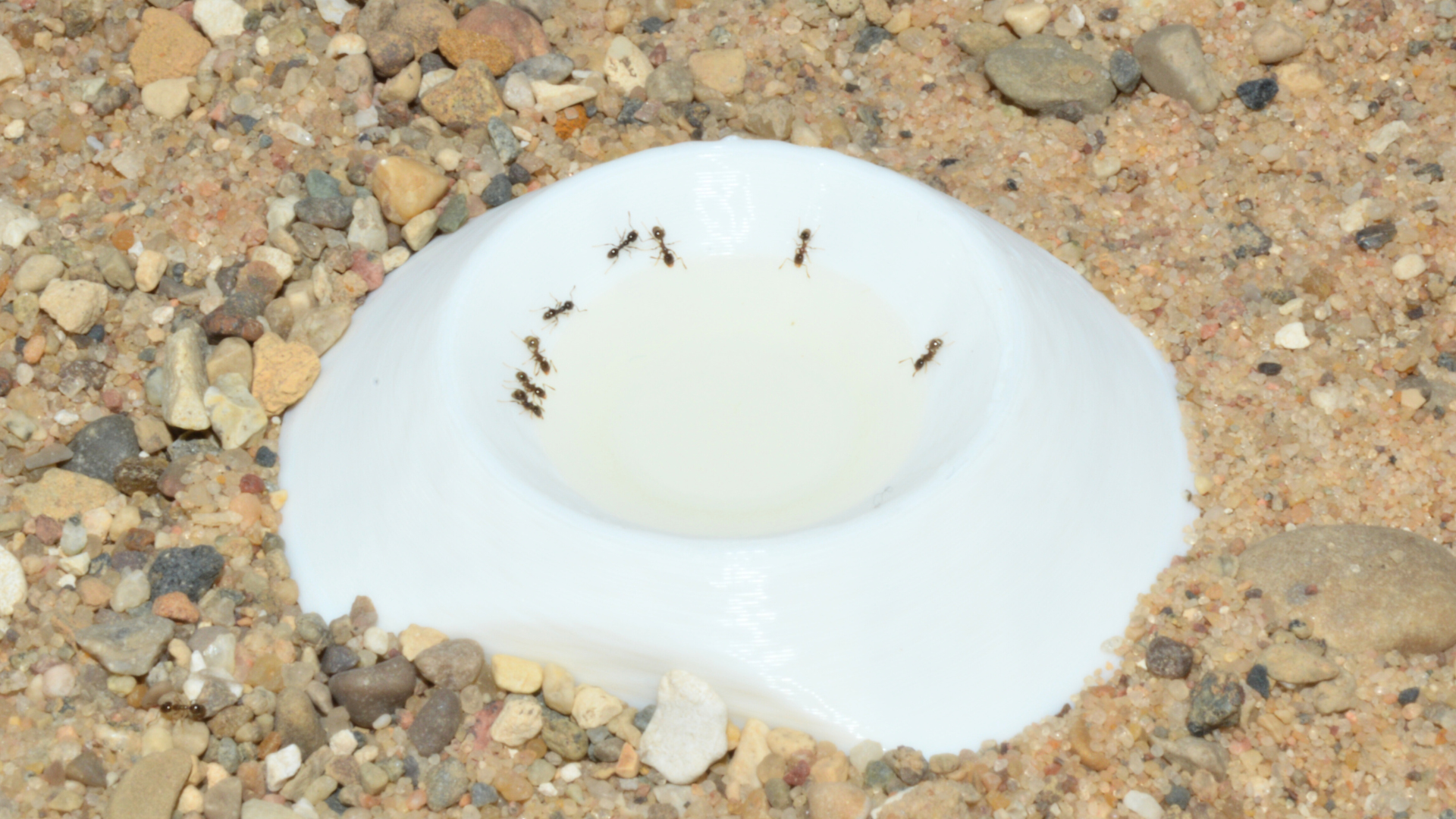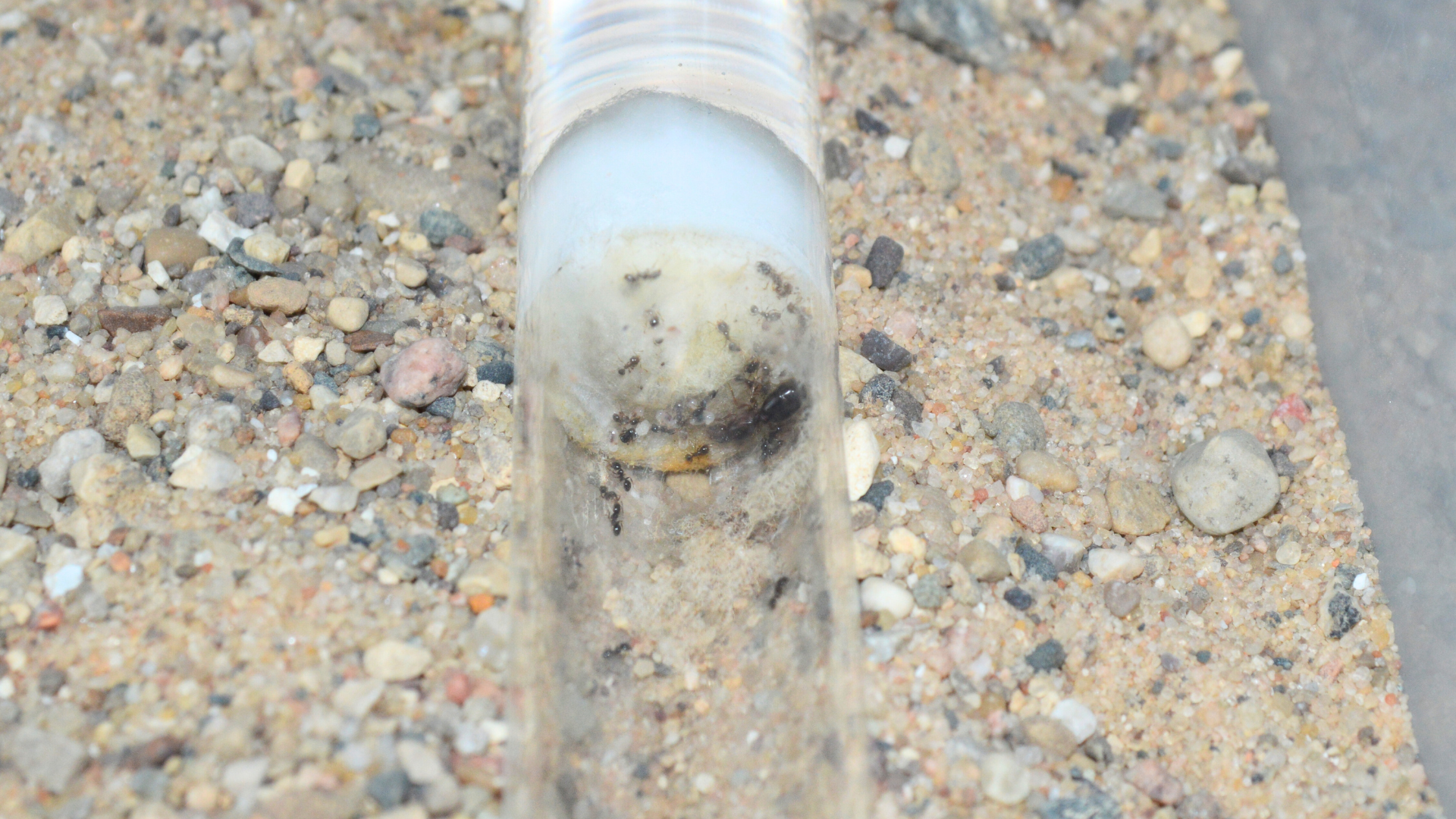Hello everyone. This is where I'll log all colonies that I currently have as managing many different threads like I tried doing before is very time consuming and hard to keep track of. Enjoy.
Pheidole Bicarinata
I present to you my Pheidole bicarinata. They're a prized colony of mine at the moment, they've certainly had some setbacks, but they're still moving along. Here you can see them. The picture of them eating sugar water is from around 2 weeks ago. The one of their test tube is from today, most workers are out consuming a cricket though so they aren't visible in the picture.
More species such as my Camponotus pennsylvanicus and C. novaeboracensis will be added soon.
Edited by NicholasP, October 30 2024 - 7:58 AM.
















